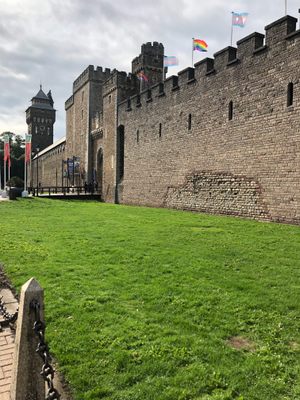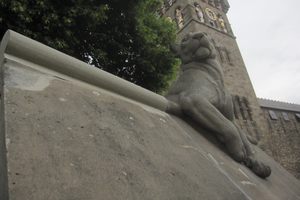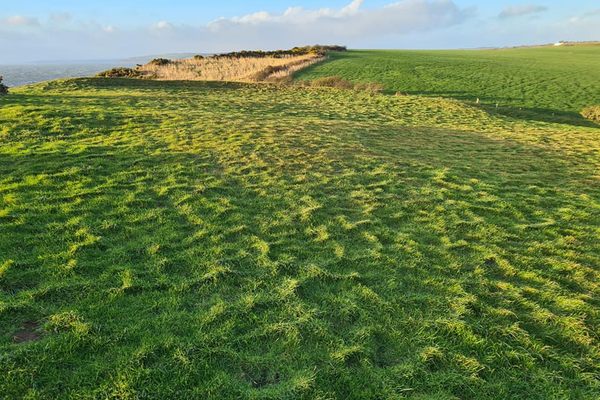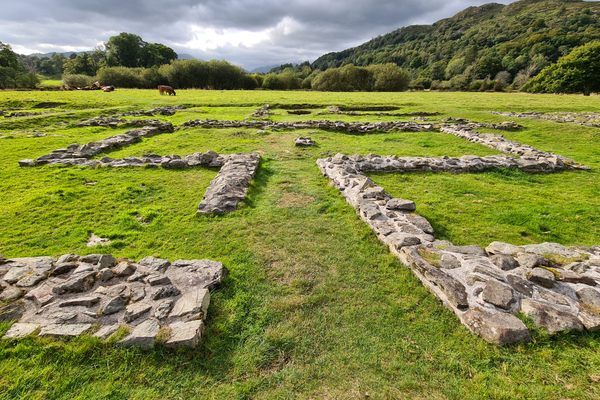About
When you first look at Cardiff Castle, you may notice what looks like poor construction work or perhaps badly patched holes in its outer walls. However, these well-worn areas are actually Roman ruins, and it's easy to walk right past them without even noticing these traces of the castle’s long history.
For more than 2,000 years, a fortress has stood in one form or another in the city of Cardiff, Wales. The Romans founded a fort on the spot around 50 AD. They used the site up until it was abandoned sometime during the fourth century.
Hundreds of years later, the Normans used stones left from the original Roman ruins to start building new castle walls. When the Normans rebuilt the area, installing any new stonework would have taken a lot of money and manpower. So, it was wise for them to reuse what they could and build on top of what already existed.
Sections of these ruins are still visible today for those with a keen eye. You can spot them near the official entrance gate and along the exterior walls. The Roman ruins are a slightly different color than the newer stonework, and they always start from the ground level.
The Normans weren’t the only ones to build on top of the Roman fort. A grand Victorian Gothic mansion, complete with intricate details and fantastical rooms, was built on the grounds too, adding another layer to the site’s history.
Related Tags
Know Before You Go
The exterior part of Roman wall is visible from the pavement outside the castle at any time. It's easily distinguished by the colour and the red edging bricks.
Tours of the castle are available most days, and spending a few extra pounds to take the in-depth tour is worth the cost. It's possible to walk through the castle courtyard for free.
The animal wall is a little further along from the main gate.
Community Contributors
Added By
Published
July 19, 2018








































